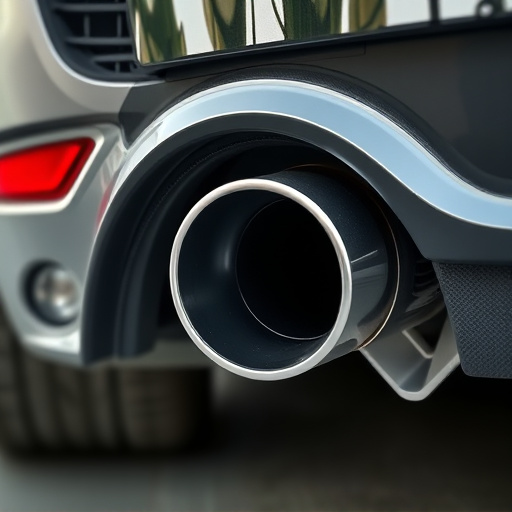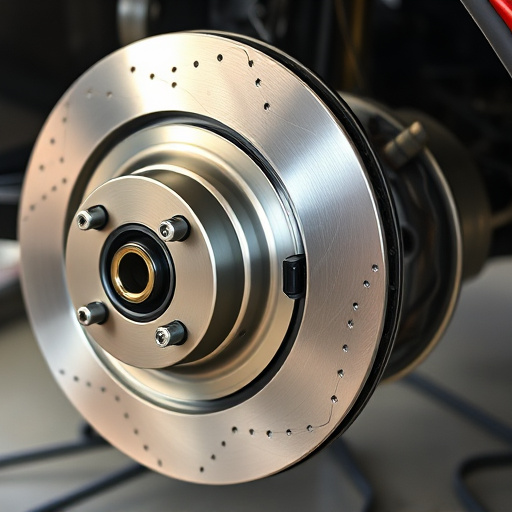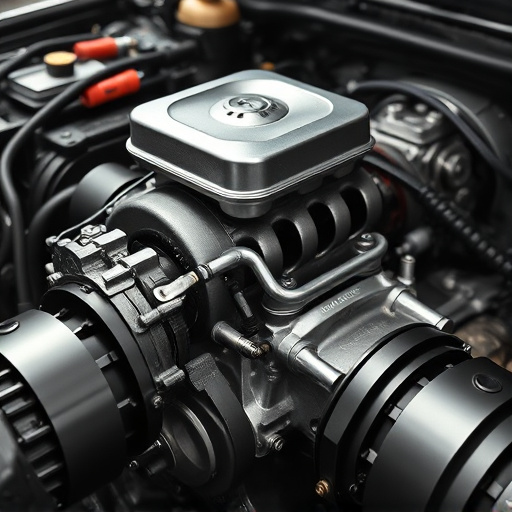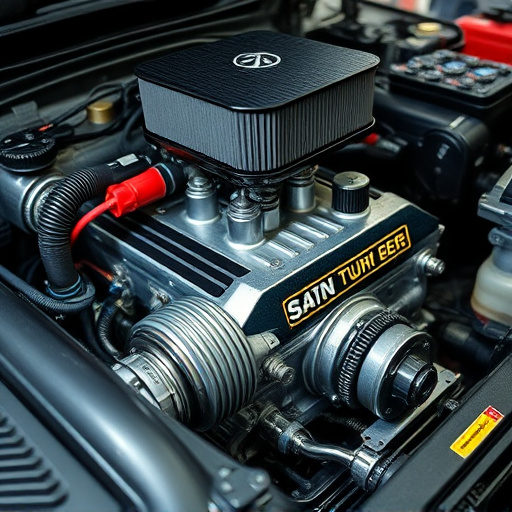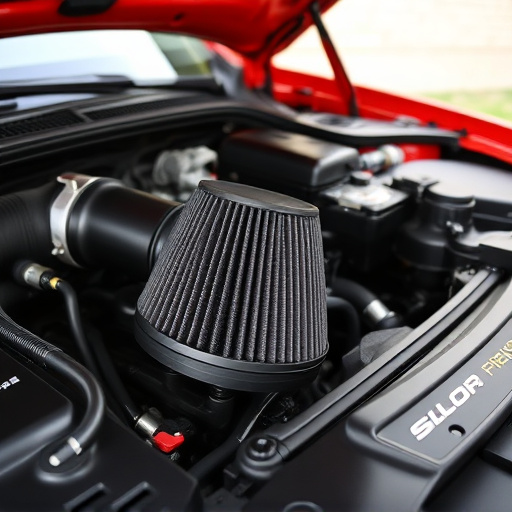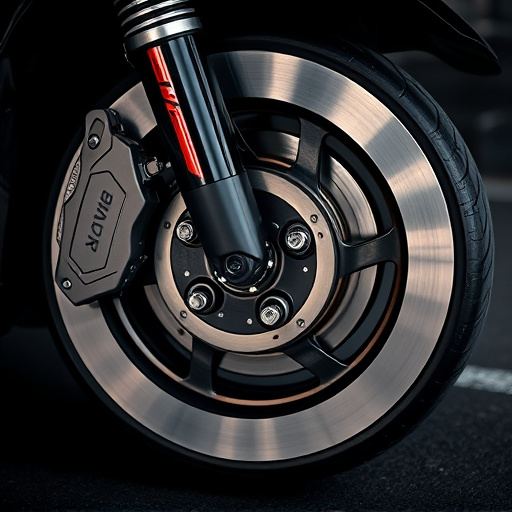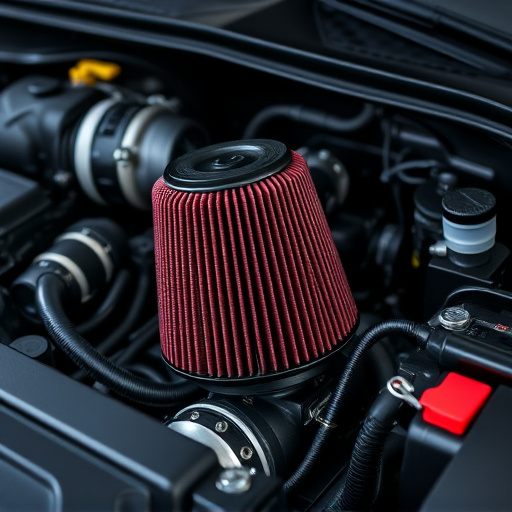Catalytic converters are vital components in modern car exhaust systems, playing a key role in reducing harmful emissions and improving air quality. These devices facilitate chemical reactions that transform toxic gases like carbon monoxide, nitrogen oxides, and hydrocarbons into less harmful substances using precious metals as catalysts. With three main layers—filters, catalyst bed, and substrate—they endure extreme temperatures and pressures to effectively control emissions. Proper maintenance is crucial for sustained efficiency. Advancements in catalytic converter technology have significantly reduced vehicle emissions, contributing to the mitigation of smog and acid rain, alongside air intake systems and performance brakes. Today's converters use advanced materials for high conversion efficiency and compact designs that integrate seamlessly into various exhaust system configurations.
Catalytic converters are integral components of modern car exhaust systems, playing a pivotal role in enhancing both performance and environmental sustainability. This article delves into the intricate world of these converters, exploring their function, composition, and significant impact on reducing harmful emissions from vehicles. We trace the evolution of catalytic converter technology, highlighting advancements that have made exhaust systems for cars more efficient and environmentally friendly.
- Understanding Catalytic Converters: Their Function and Composition
- How Catalytic Converters Improve Exhaust Systems' Performance and Environmental Impact
- The Evolution of Catalytic Converter Technology in Modern Vehicles
Understanding Catalytic Converters: Their Function and Composition
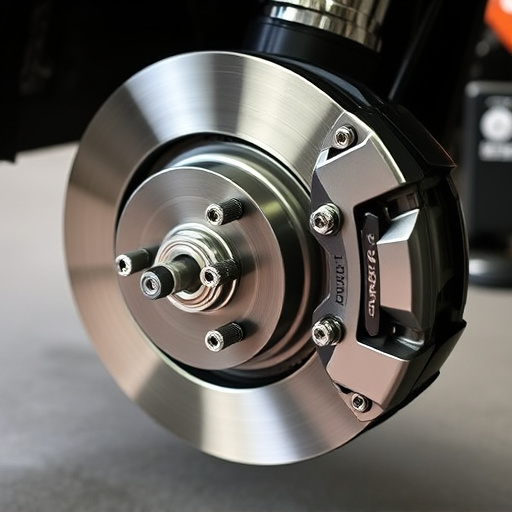
Catalytic converters are a critical component of modern car exhaust systems, playing a pivotal role in reducing harmful emissions and improving air quality. These devices work by facilitating a chemical reaction that transforms toxic gases into less harmful substances. Inside the converter, a catalyst—typically made from precious metals like platinum, palladium, or rhodium—speeds up this reaction. As exhaust gases pass over the catalyst, it facilitates the conversion of nitrogen oxides (NOx), carbon monoxide (CO), and hydrocarbon (HC) pollutants into safer compounds, primarily water vapor, carbon dioxide, and nitrogen.
The composition of a catalytic converter is designed to maximize its efficiency. It consists of three main layers: the front and rear filters trap particulate matter, while the catalyst bed itself contains the precious metal-coated ceramic or metallic substrate that facilitates the chemical reactions. This sophisticated design not only ensures effective emission control but also withstands the extreme temperatures and pressure within car exhaust systems, including high-performance vehicles. Proper maintenance of these suspension components, air intake systems, and muffler tips is crucial to sustain the converter’s efficiency over time.
How Catalytic Converters Improve Exhaust Systems' Performance and Environmental Impact
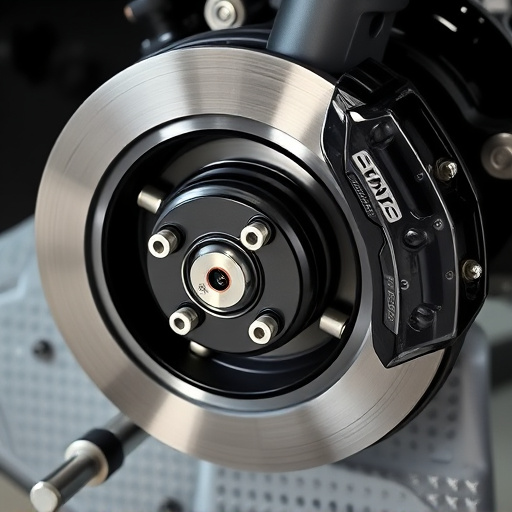
Catalytic converters play a pivotal role in enhancing the performance and environmental friendliness of exhaust systems for cars. These devices work by facilitating a chemical reaction within the exhaust gases, breaking down harmful pollutants like carbon monoxide, nitrogen oxides, and hydrocarbon compounds into less toxic substances, such as water vapor, carbon dioxide, and nitrogen gas. This process not only reduces the vehicle’s emissions but also improves overall engine efficiency.
Moreover, catalytic converters contribute significantly to mitigating the environmental impact of vehicles by lowering the levels of pollutants that can cause smog and acid rain. In tandem with other components like air intake systems and performance brakes, these converters ensure that modern automobiles meet stringent emission standards while delivering optimal driving experiences.
The Evolution of Catalytic Converter Technology in Modern Vehicles
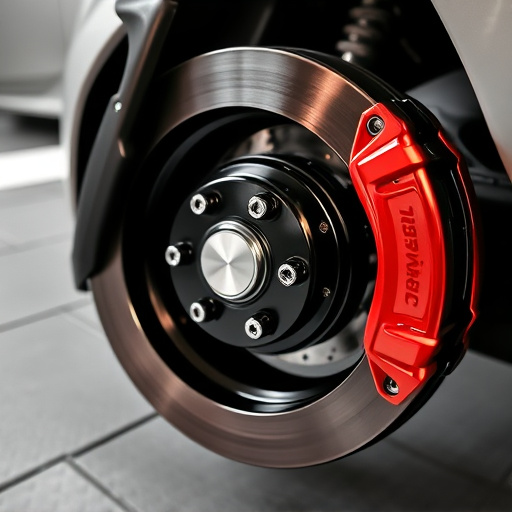
The evolution of catalytic converter technology has been a significant aspect of modern vehicle development, primarily focused on enhancing environmental performance and reducing emissions. Early models struggled with low efficiency and limited substrate materials, but advancements in the 1970s introduced more robust designs capable of tackling tougher emission standards. This marked a turning point in the automotive industry, pushing manufacturers to prioritize clean exhaust systems for cars.
Today’s catalytic converters employ advanced materials like precious metals (platinum, palladium) and cerium-based zeolites, ensuring high conversion efficiency. These materials facilitate chemical reactions that break down harmful pollutants into less toxic compounds. The technology has also become more compact, fitting seamlessly into various exhaust system configurations. From performance-oriented vehicles to everyday commuters, catalytic converters play a pivotal role in maintaining optimal engine performance while minimizing environmental impact, even when paired with powerful engines and custom exhaust tips. They remain an indispensable component, alongside suspension kits and brake components, in the continuous efforts to create more sustainable transportation solutions.
Catalytic converters have become indispensable components of modern car exhaust systems, playing a pivotal role in enhancing performance and reducing environmental impact. By efficiently converting harmful pollutants into less toxic substances, these devices contribute to cleaner air and improved public health. As automotive technology continues to evolve, so does catalytic converter design, leading to more efficient, durable, and eco-friendly exhaust systems for cars. Understanding their function and the latest advancements ensures we recognize these converters as essential elements in the ongoing pursuit of sustainable transportation.





